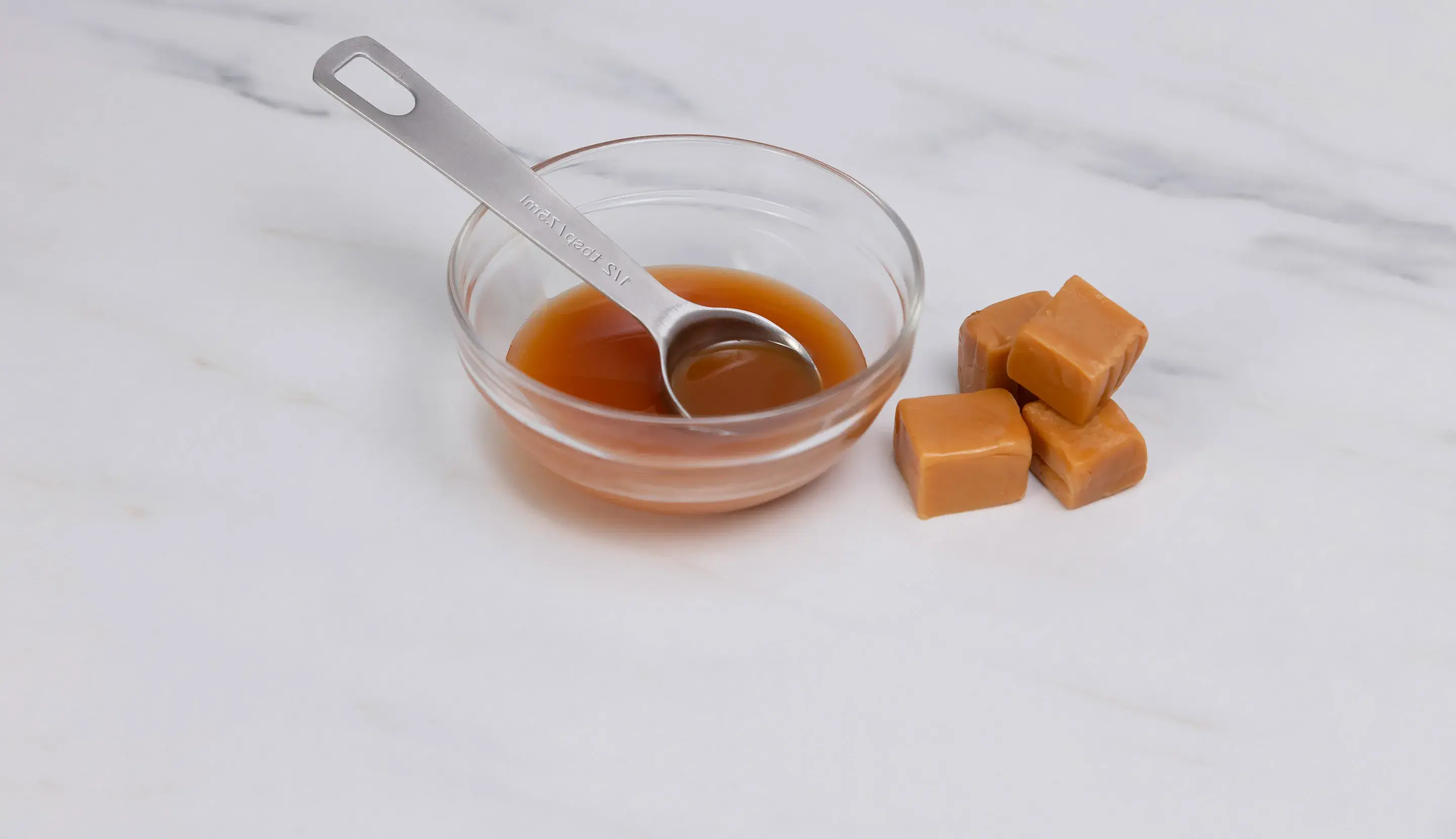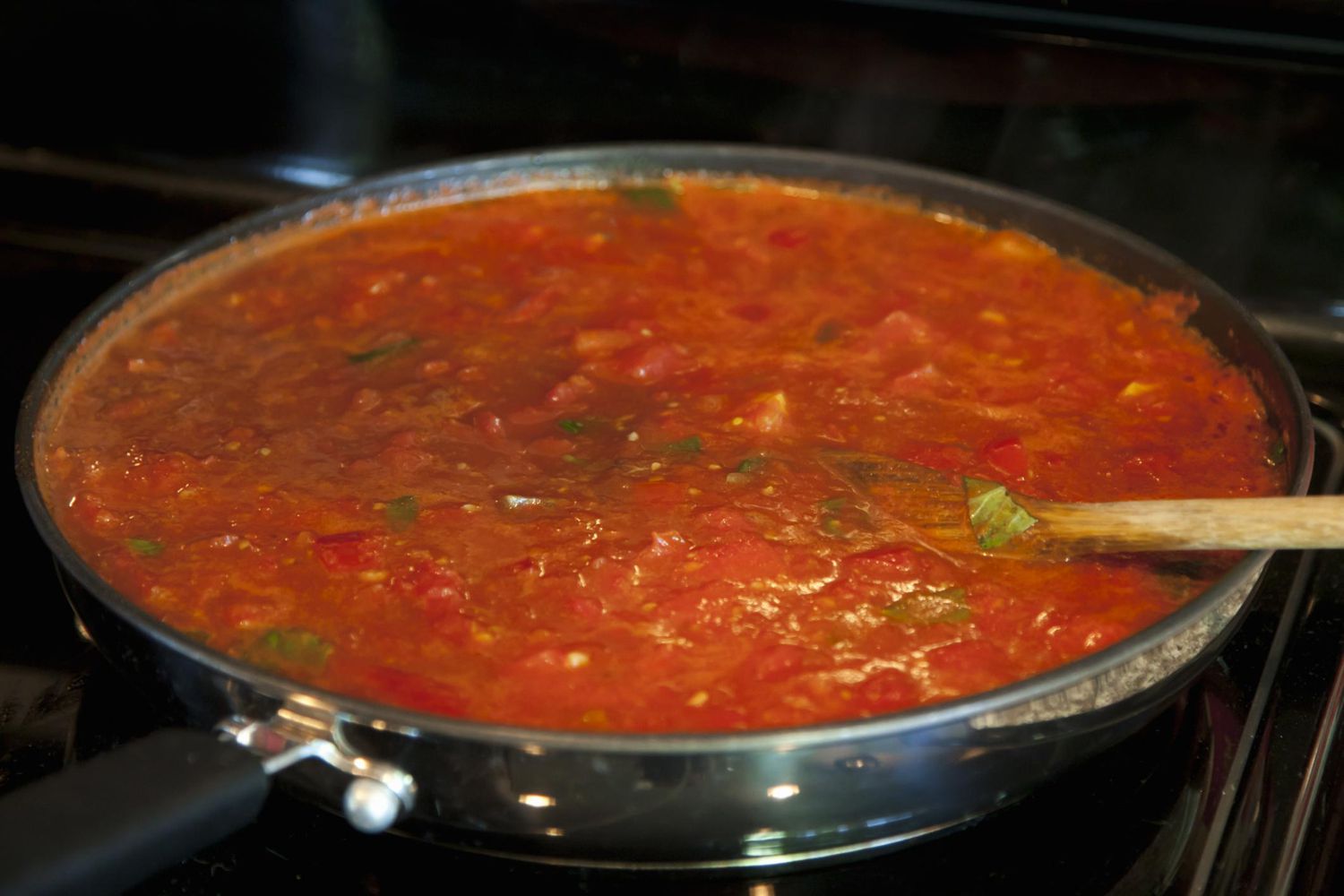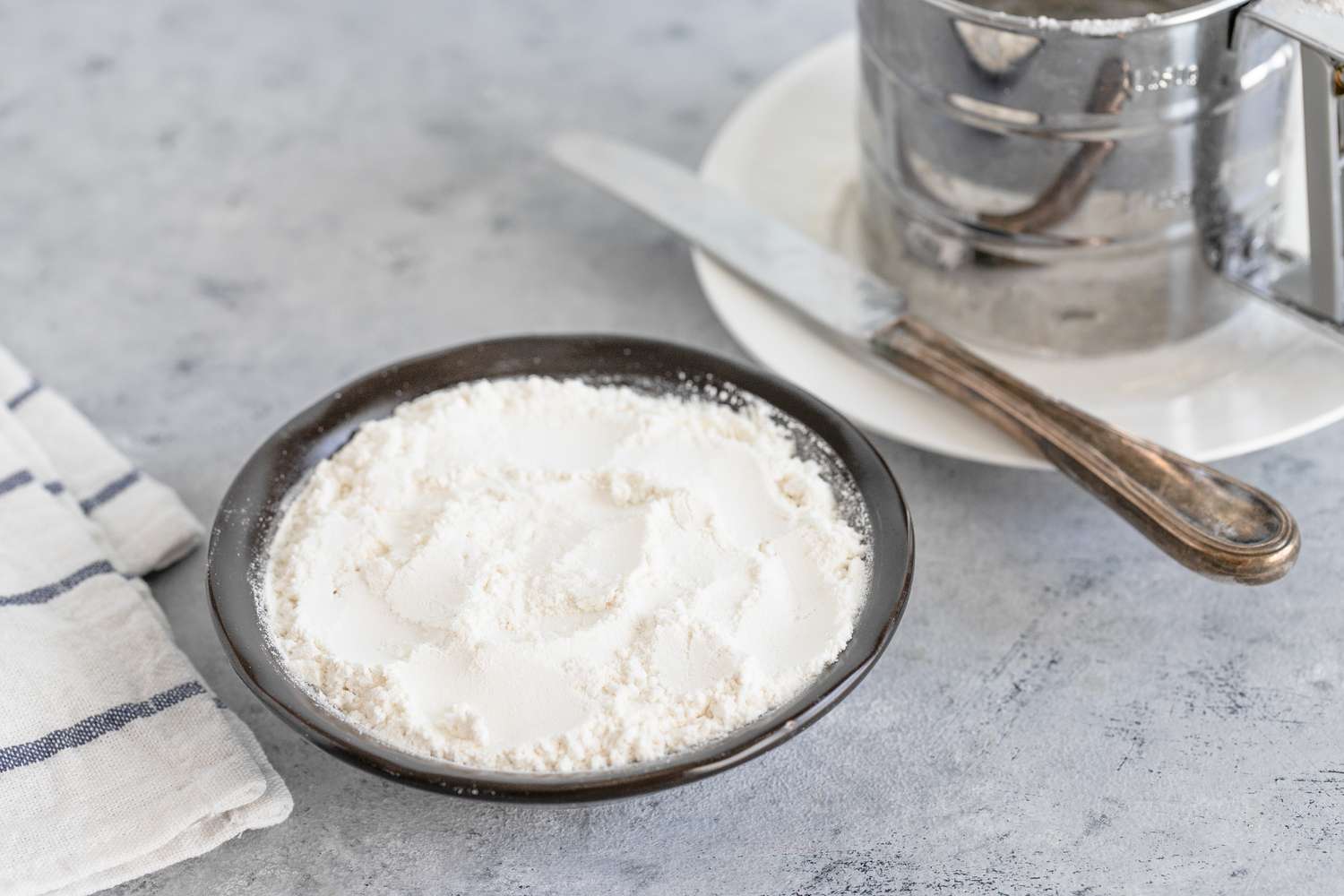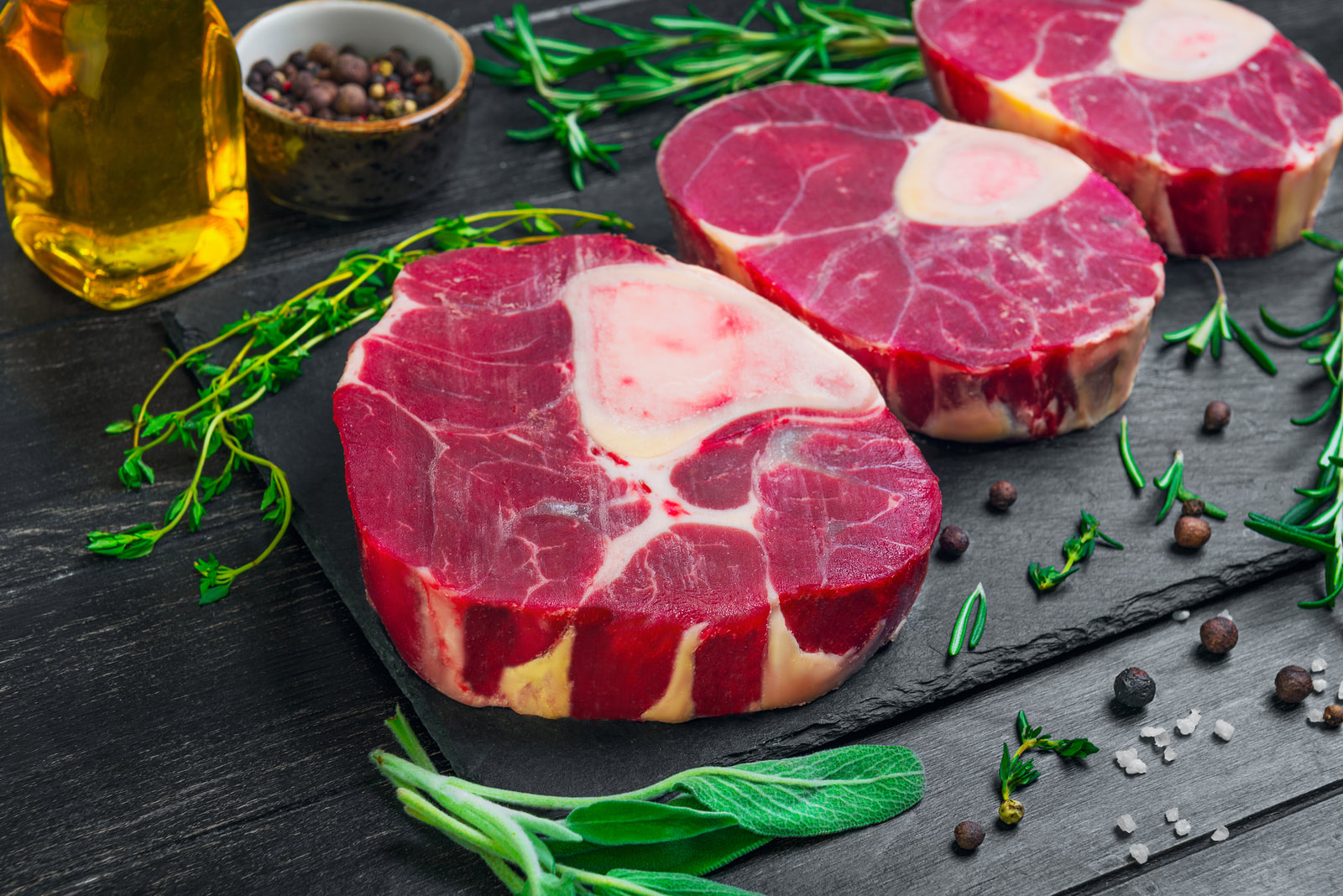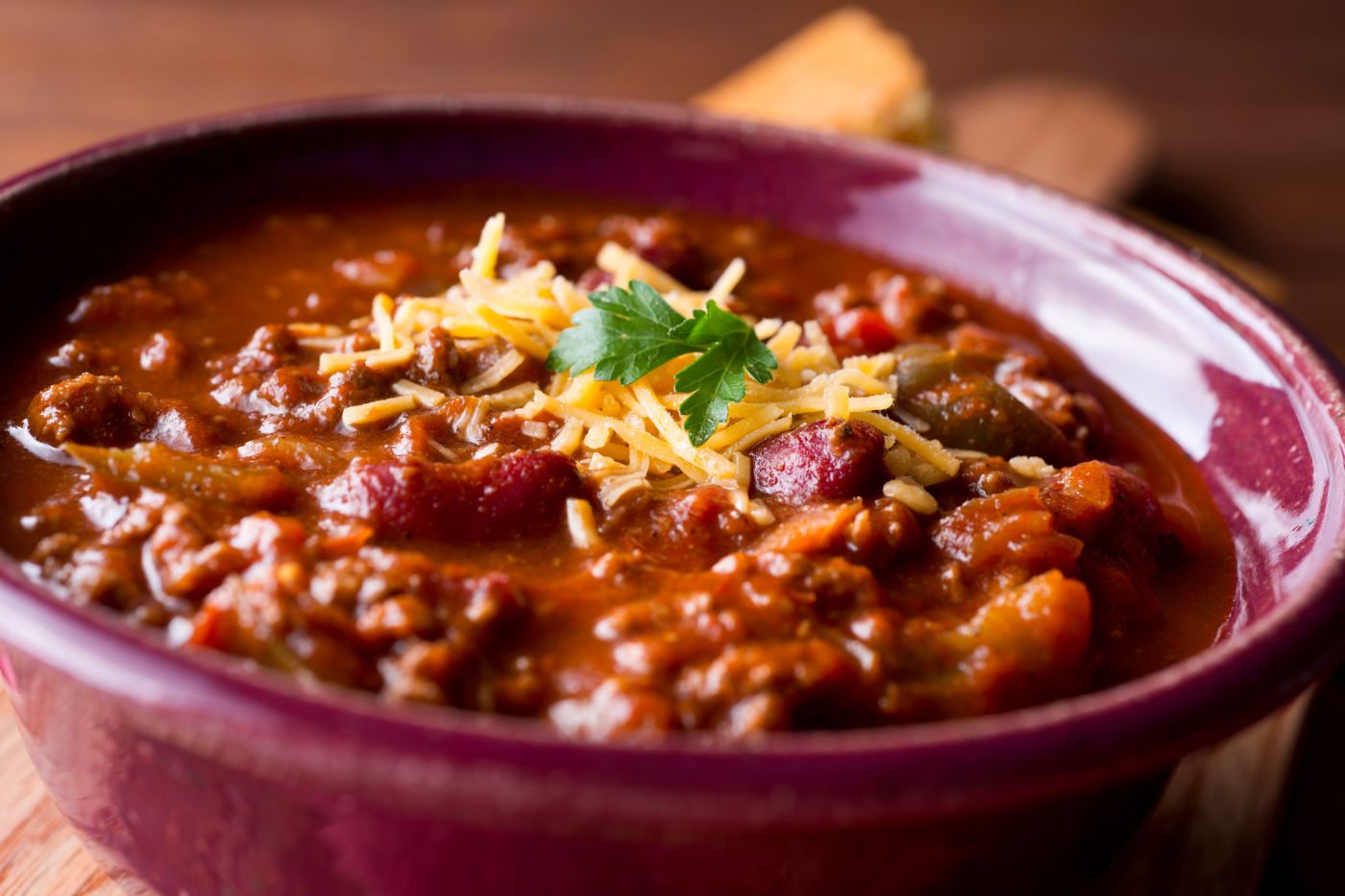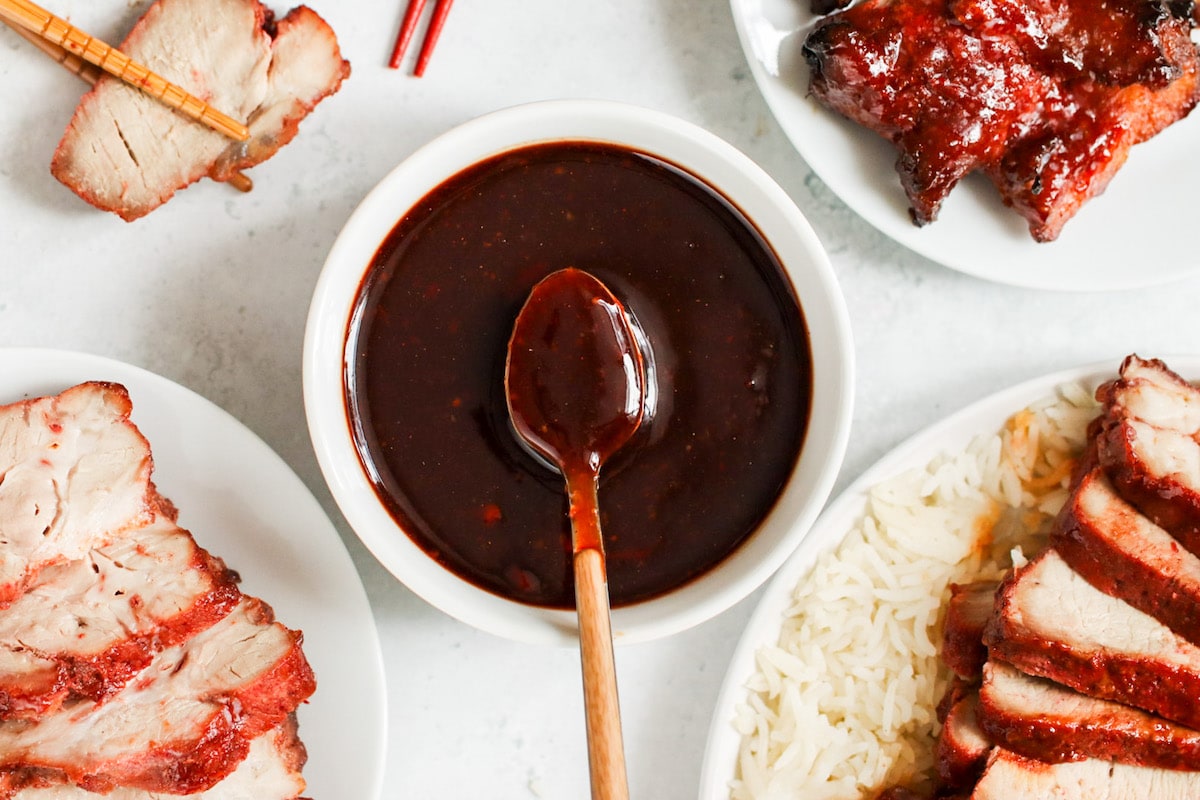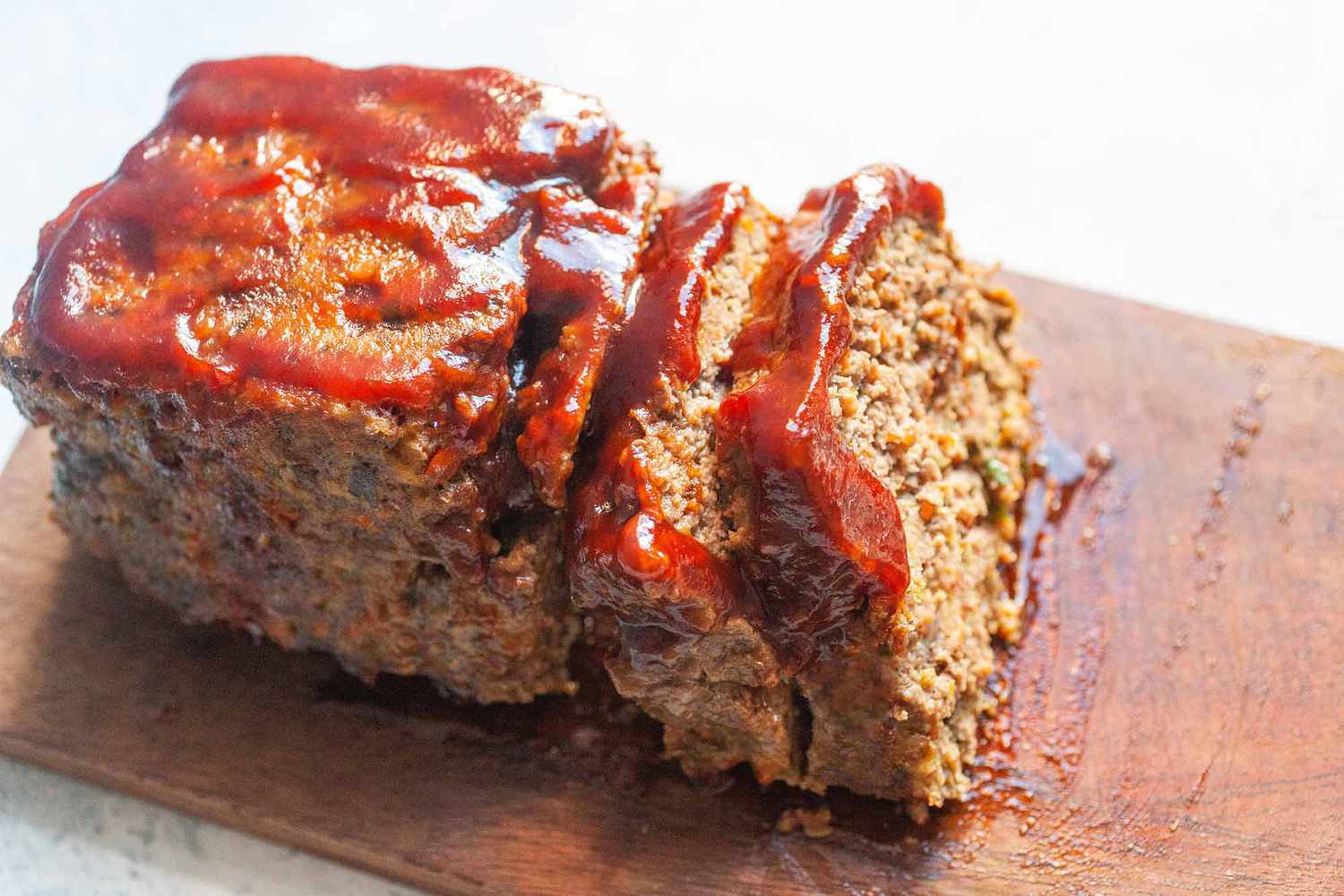The Difference Between Basmati Rice and White Rice
When it comes to choosing the right type of rice for your meal, the options can be overwhelming. Two popular choices are Basmati rice and white rice, each with its own unique characteristics and flavors. Let’s explore the key differences between these two types of rice to help you make an informed decision for your next culinary creation.
Grain Length and Appearance
One of the most noticeable differences between Basmati rice and white rice is their grain length and appearance.
- Basmati Rice: Basmati rice is known for its long, slender grains that elongate even further when cooked. The grains are aromatic and have a slightly nutty flavor. Basmati rice is often used in Indian and Middle Eastern cuisines.
- White Rice: White rice, on the other hand, comes in various grain lengths, including short, medium, and long grains. It has a neutral flavor and a soft, fluffy texture when cooked. White rice is a staple in many cuisines around the world.
Nutritional Content
When it comes to nutritional content, there are some differences between Basmati rice and white rice.
- Basmati Rice: Basmati rice is known for its lower glycemic index compared to white rice, which means it has a smaller impact on blood sugar levels. It also contains slightly more fiber and nutrients, making it a popular choice for those seeking a healthier option.
- White Rice: White rice is often enriched with nutrients such as iron and folic acid to replace the nutrients lost during the refining process. However, it generally contains fewer nutrients and fiber compared to Basmati rice.
Cooking Characteristics
Both Basmati rice and white rice have distinct cooking characteristics that can influence the outcome of your dish.
- Basmati Rice: Basmati rice is known for its fluffy and separate grains when cooked. It requires a longer cooking time and is often soaked before cooking to achieve the desired texture.
- White Rice: White rice is relatively quick and easy to cook, making it a convenient option for everyday meals. It has a softer texture and tends to stick together when cooked.
Flavor Profile
The flavor of rice can significantly impact the overall taste of a dish. Here’s how Basmati rice and white rice differ in terms of flavor:
- Basmati Rice: Basmati rice has a distinct nutty aroma and flavor, adding a fragrant and aromatic element to dishes. It pairs well with spicy and flavorful cuisines.
- White Rice: White rice has a neutral flavor, allowing it to complement a wide range of dishes without overpowering other ingredients. It serves as a versatile base for various culinary creations.
Conclusion
While both Basmati rice and white rice have their own unique qualities, the choice between the two ultimately depends on personal preference and the specific dish being prepared. Whether you opt for the aromatic allure of Basmati rice or the versatile simplicity of white rice, understanding the differences between these two varieties can elevate your culinary experience.
Next time you’re in the rice aisle, consider these factors to select the perfect rice for your next delicious meal.
Was this page helpful?
Read Next: What Is Chicken On A Stick
